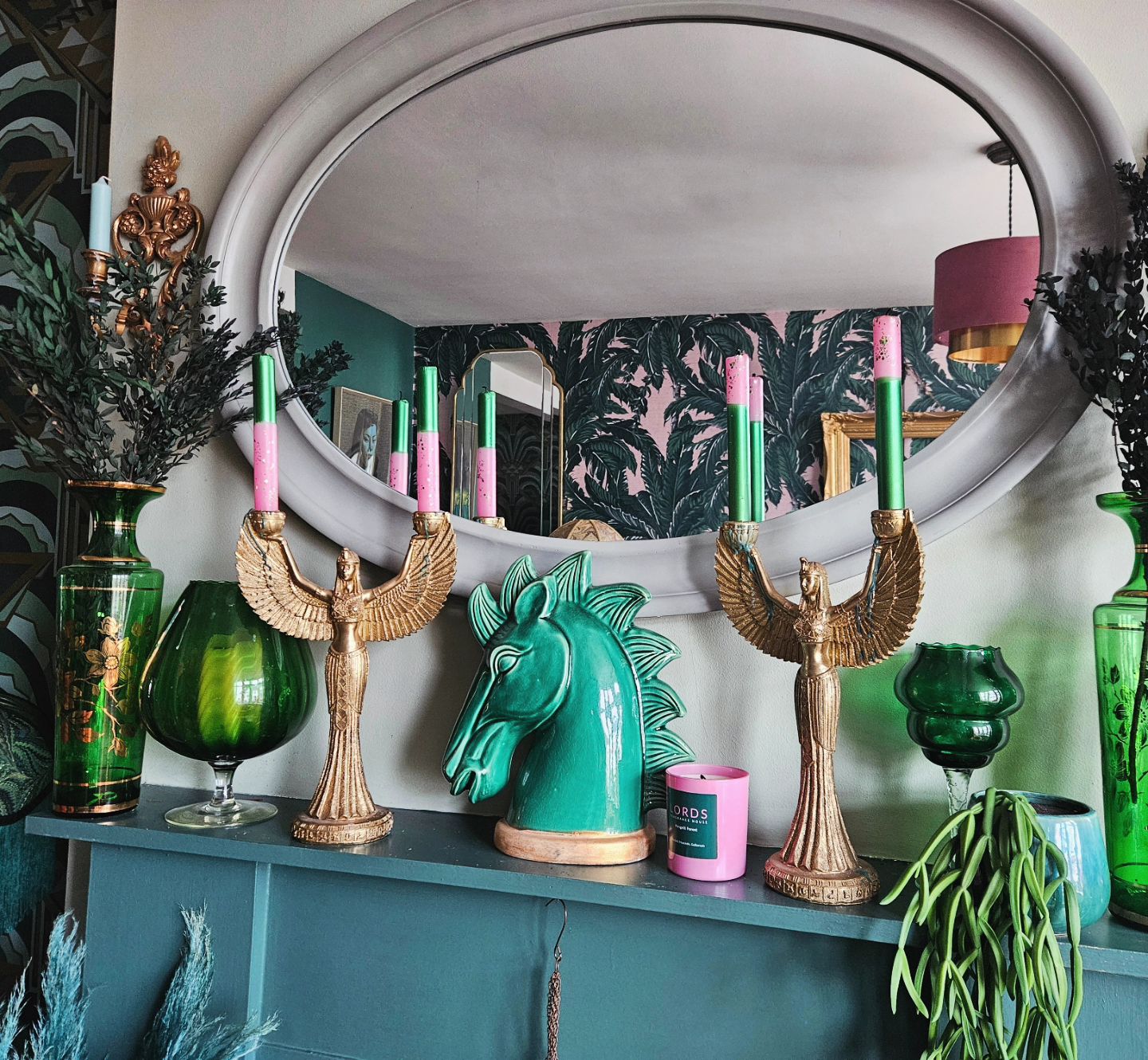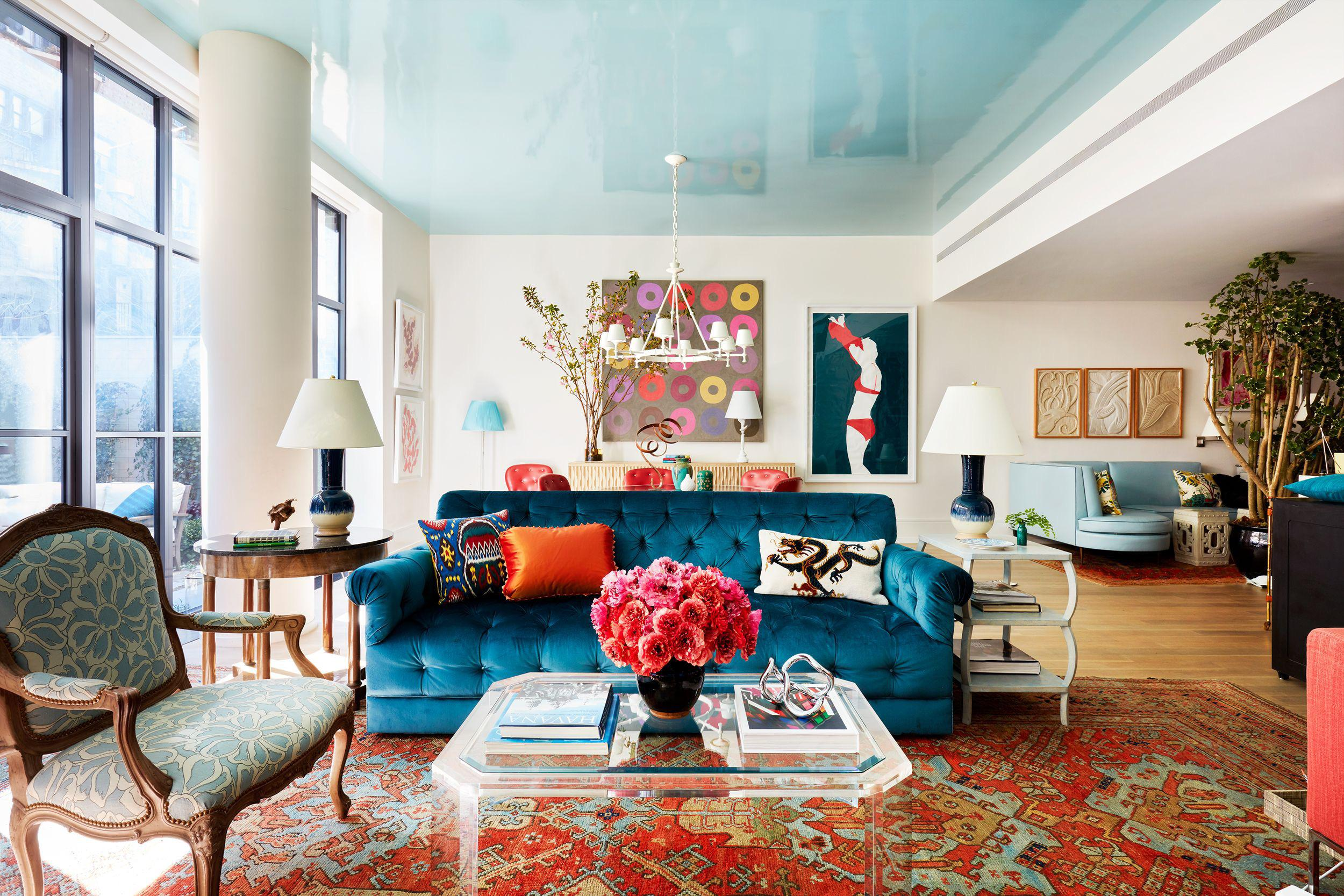Power Clashing in Interior Design: Bridging the Gap Between Minimalism and Maximalism
On 02/09/24 // Lifestyle
Welcome to our exploration of power clashing in interior design, where vibrant colors and patterns collide to create a bold and captivating aesthetic. At first glance, power clashing may seem at odds with the principles of minimalism that VibeCheque embraces.
However, in this article, we will challenge the notion that power clashing is solely confined to maximalist styles. Instead, we will uncover innovative ways to infuse elements of power clashing into minimalist interiors, resulting in a harmonious fusion of simplicity and vibrant energy.
Understanding Power Clashing
Traditionally associated with maximalist design, power clashing is the art of combining diverse colors, patterns, and textures in unexpected and eye-catching ways. It breaks free from the conventional rules of matching and creates a visual impact that is both daring and eclectic.
In the realm of interior design, power clashing allows you to showcase your personality and create spaces that exude vibrancy and creativity.
You may have noticed that none of this goes, in principle, against minimalism. In interior decor, minimalism at its core is about showcasing the beauty of free space. There’s a way to fit a powerclash into that, too.

Plenty of free space yet plenty of powerful contrasts. Credit: @capdemar
Finding Simplicity in Power Clashing
So, while power clashing often evokes images of bold and busy interiors, it is possible to incorporate its essence into minimalist spaces. The key lies in finding a balance between vibrant energy and clean simplicity.
Here are some strategies to achieve the simplicity of power clashing in minimalist interiors:
Select a Dominant Color Contrast: Start by choosing one or two dominant colors to anchor the space. These colors will provide a sense of cohesion amidst the rest and form the basic power clash. Opt for bold hues and combine them with subtle shades that speak to your personal style but maintain a minimalist sensibility.
To give you an idea, the basic clash could be deep pink and deep teal, with light corals, yellows and grays on the background. This type of interior can come of really artsy but not overpowering either.

Space it out for the minimalist effect. Credit: @mayrosevintage
Or choose an ultra expressive color like vibrant red to infuse energy into the space. Pair it with a serene shade of blue, such as navy or turquoise, for a striking power clash. Incorporate red elements through a statement piece of furniture or artwork, while using the serene blue as an accent color in throw pillows, curtains, or smaller decor items.
Another choice is to create a bold power clash by combining vibrant yellow with earthy green tones. Use yellow as a dominant color on walls or in larger furniture pieces, while incorporating green through plants or natural textures. This combination brings in liveliness and freshness without overwhelming the minimalist aesthetic.
For a more dramatic and slightly gothic power clash, pair the timeless elegance of black with the playful vibrancy of pink. Choose black as a dominant color for key furniture pieces or in patterns on accent walls, while incorporating pink through accessories like cushions, rugs, or artwork. This combination adds a touch of whimsy and femininity to a minimalist interior.

There is always the 70s feel once there’s yellow. Credit: @houseofedencourt
Embrace Empty Space: As long as you want to fuse the power clash with minimalism, allow for ample negative space to offset the vibrancy of the power clash. This minimalist principle ensures that the clash remains visually powerful without feeling cluttered. Let the vibrant colors and patterns breathe, showcasing their impact within a clean and uncluttered environment.
Rather than filling the entire space with power-clashing elements, choose specific focal points to create a visual impact. This could be through a statement piece of furniture, a vibrant accent wall, or a bold patterned rug. By selectively placing power-clashing elements, you maintain a sense of simplicity while infusing the space with energy.

There is a reason why empty space formed the basis of minimalism in interiors. The use of empty space in minimalist interiors promotes a feeling of simplicity, serenity, and visual tranquility. By intentionally leaving areas free from excessive furniture, decor, or unnecessary objects, the focus shifts to the essential elements present. This helps to declutter both the physical and visual aspects of a space, creating a calming environment. By allowing empty space to exist, you can emphasize and appreciate key design elements such as architectural details, statement furniture, or unique artwork. The unoccupied areas act as a backdrop, allowing these elements to truly shine and become the focal points of the space.
Now, as for power clashing is concerned, empty space also provides visual breathing room where the eye can rest and appreciate the objects and architectural features that are intentionally showcased. This negative space allows for a sense of balance and harmony because it quite literally protects your senses from getting too overwhelmed.
By embracing the power of empty space, you can create a minimalist interior that feels open, harmonious, and conducive to a more balanced and mindful way of living.

Use Geometric Patterns: Introduce geometric patterns as a unifying element. Incorporate them through wall art, rugs, or textiles, staying within the chosen color palette. Geometric patterns evoke a contemporary feel while adding visual interest and structure to the space.
A simple way to do this is to experiment with scaled patterns that create visual contrast without overwhelming the space. Combine large-scale patterns with smaller, more intricate ones to balance the intensity of the power clash. Remember to choose patterns that feature complementary colors or a common undertone for a cohesive look.
In conclusion, power clashing in interior design doesn’t have to exclude minimalism. By carefully curating a dominant color palette, incorporating geometric patterns, mixing scaled patterns, embracing negative space, and focusing on strategic placement, you can introduce the captivating energy of power clashing into minimalist interiors. Embrace the boldness of color and pattern while maintaining the clean and uncluttered aesthetic, allowing your space to become a harmonious blend of vibrant energy and minimalistic serenity.
